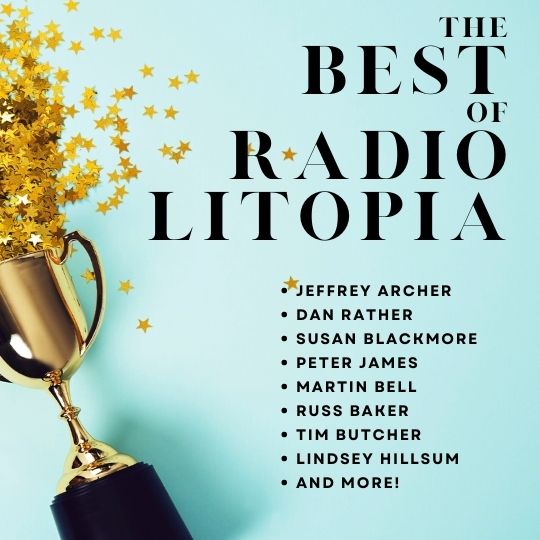Quillwitch
Basic
How do you know where a scene or chapter should go in your novel. Is it organic, random, do you plot inch by inch. How?? I think I might have my entire story already written but I have no idea how to put it all together. When you plot you have these general plot points you can follow but what about everything else in between?
How do you do it?
How do you do it?



